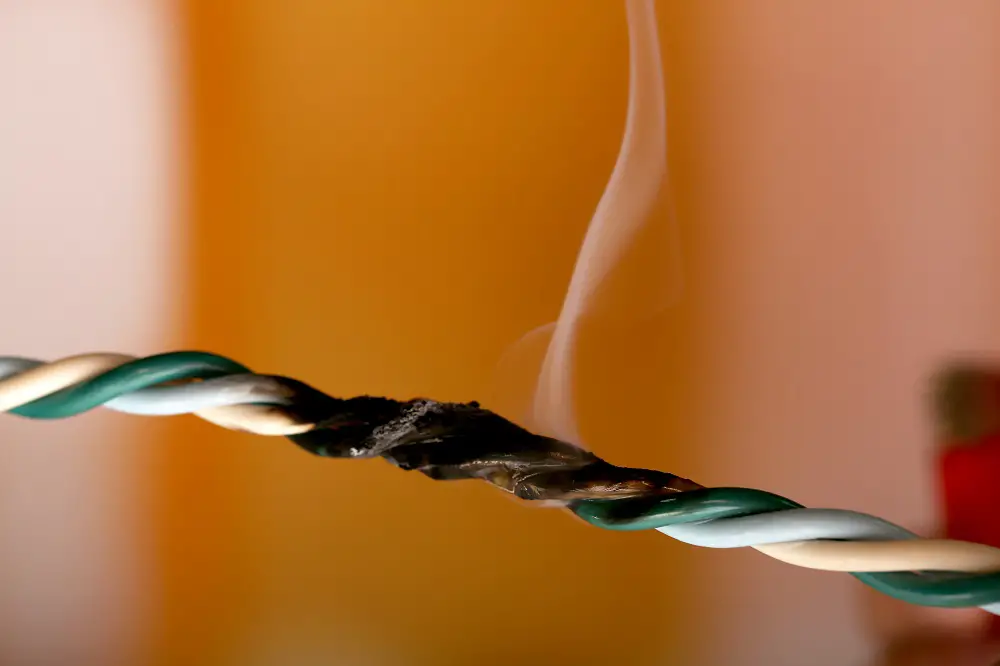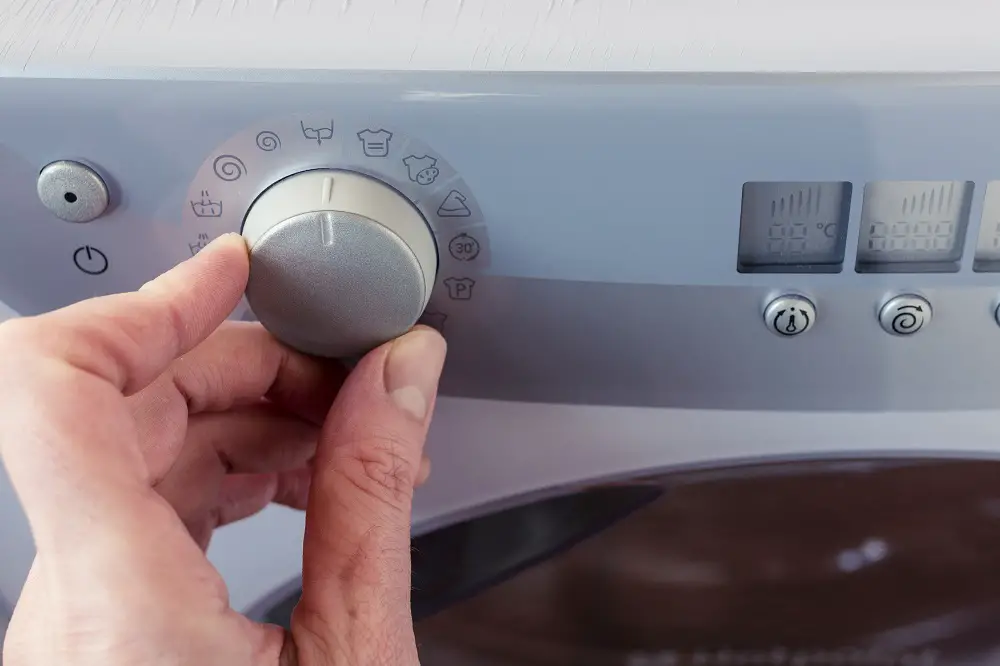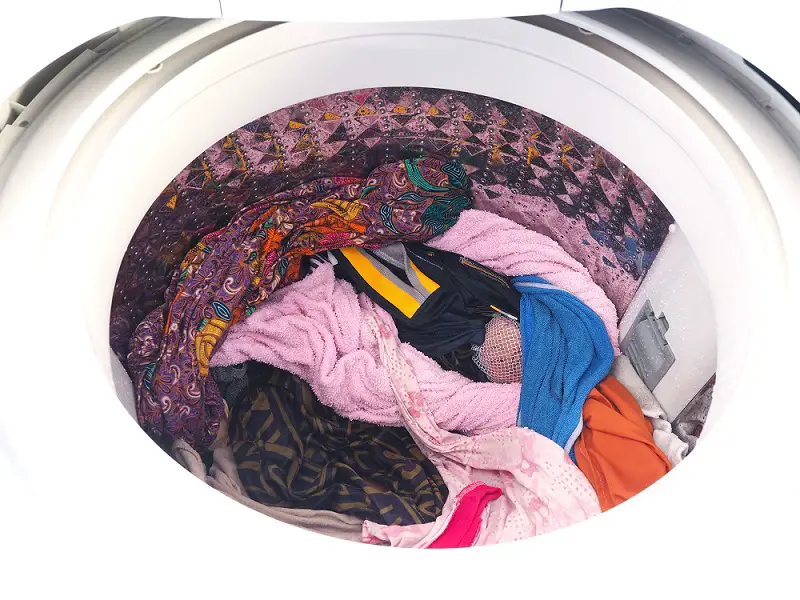Much like a full-sized dryer and even a portable washing machine, a portable dryer can last 10 – 15 years with regular maintenance. However, the timeframe of a portable dryer varies depending on its frequency of use and care routine.
A well-maintained dryer could last longer than the average lifespan, while a poorly maintained one might last much less than that, while also creating operational issues in the dryer.
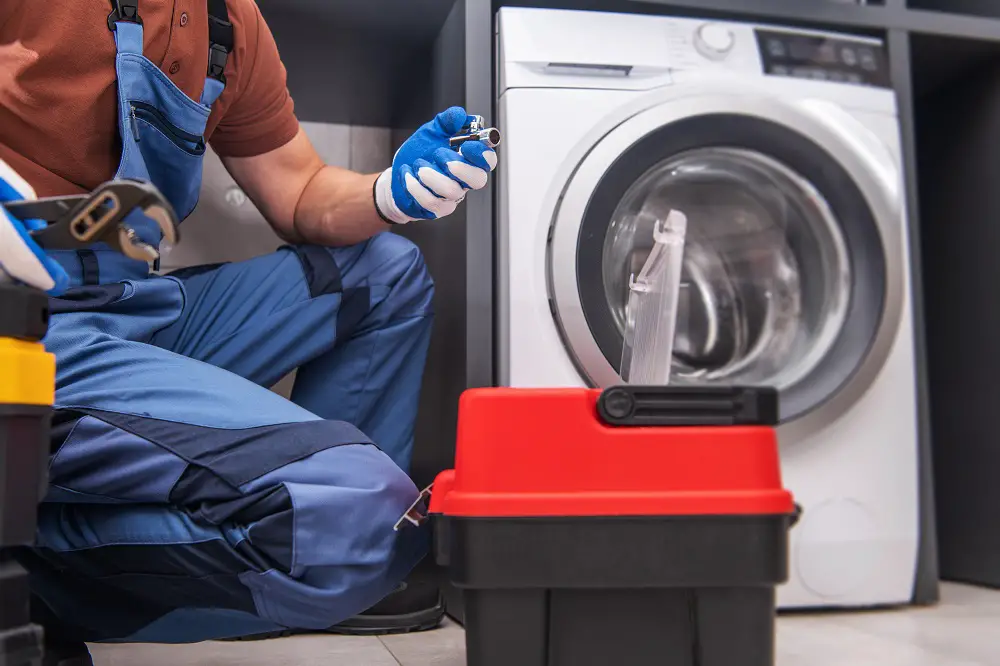
Table of Contents
The Lifetime of Portable Dryers
The different kinds of portable dryers will last for varied periods. On average, here’s how long some of the portable dryers last:
| Appliance type | Average lifespan |
|---|---|
| Portable washers (for reference) | 11 – 14 years |
| Spin dryer | 10 – 15 years |
| Gas dryer | 13 years |
| Heat pump dryer | 20 years |
| Condenser dryer | 10 – 15 years |
| Foldable rack dryer | 10 – 15 years |
7 Reasons Portable Dryers Don’t Last Long
While portable dryers typically last about 10-15 years, there are some reasons why they may not.
1. Cheaper Built and Less Stable
Cheaper dryer models often have poor construction and durability issues.
They’re less stable and may even have reduced resistance against moisture and heat.
It’s important to look for a dryer that is durable, made of high-quality materials, and meets your requirements, even if it’s cheap.
2. You Run the Dryer More Than You Need To
Depending on how often you run your portable dryer determines its life.
While 8 loads a week or less is ideal for keeping the appliance running effectively for about a little more than a decade, anything more than that will reduce its life.
3. Dryer Wasn’t Professionally Installed
A dryer must be properly installed for correct operation. If the dryer isn’t installed ‘level’ or the venting isn’t proper (including vent hose size, placement, and material), it impacts the dryer’s operation and eventually reduces its life.
Dryer installation is best when done by a professional.
Any DIY installment should only be conducted when done with some experience and a good understanding of the appliance and its requirements.
4. Lint Buildup
Lint accumulates in the dryer vent and lint filter. If you don’t clean the lint from your dryer (lint trap and vent system), it lowers the machine’s efficiency and increases the drying time. The dryer may also overheat and turn into a fire hazard.
We discussed that and more in our maintenance guide for tumble dryers.
5. Forgotten Pocket Contents
The forgotten items in pockets, like tissues, keys, gum, coins, and paper, can damage the inner drum of the dryer.
It’s good practice to empty all your pockets before throwing your clothes into the washing machine or dryer.
6. Overusing Dryer Sheets
While dryer sheets are used to make your laundry soft, static-free, and smell fresh, their waxy layer melts in the dryer. Using too many dryer sheets could leave behind undesirable residue in the dryer drum.
This reduces the efficiency and life of the dryer over time.
7. You’re Stuffing Your Machine
When you overload your dryer, it has to work harder to dry a full load of laundry.
If done regularly, it leads to wear and tear of the machine’s mechanisms, drastically reducing its life.
How to Extend the Lifetime of Portable Dryers?
With proper maintenance and correct usage, you can extend the lifetime of your portable dryer by a few years.
Avoid Overloading
A good practice is to always fill the dryer with just over half its drum capacity. This is because compact dryers, like regular dryers, take longer to dry larger loads and use more energy.
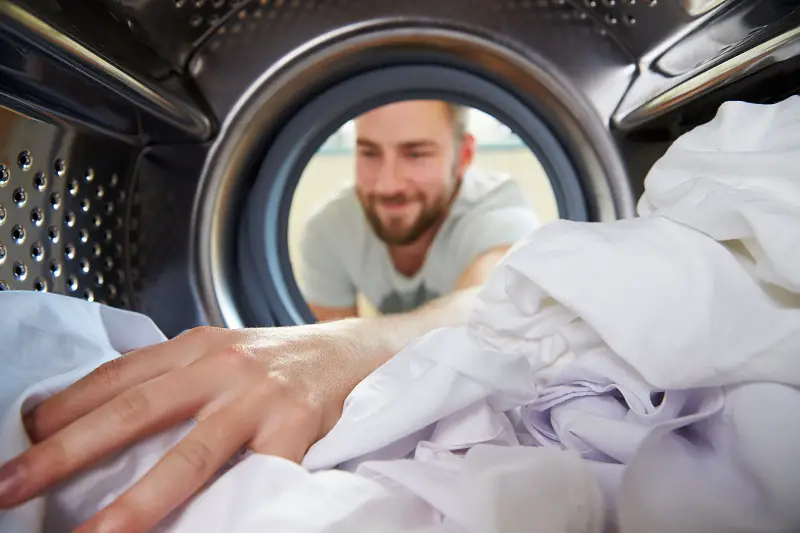
The laundry doesn’t get sufficient space to move or tumble in the drum; hence, it might not completely dry and smell slightly musty. It puts more stress on the appliance and drastically reduces its efficiency.
Clean the Dryer Vent
For a vented dryer, it is essential to clean the dryer vent system at least twice every year. This is because there tends to be a buildup of lint and debris that could impact efficient ventilation of the hot air and lint outside the dryer.
A clogged vent is a potential fire hazard and reduces the dryer’s effectiveness. Ensure you thoroughly clean the indoor and outdoor ducts. Have a professional do it for you for better results.
Clean the Lint Trap
A loaded lint filter reduces the efficiency of a clothes dryer, puts too much stress on it, and eventually leads to wear and tear. Make it a habit to clean the lint filter before or after every drying cycle, especially if you have a ventless dryer.
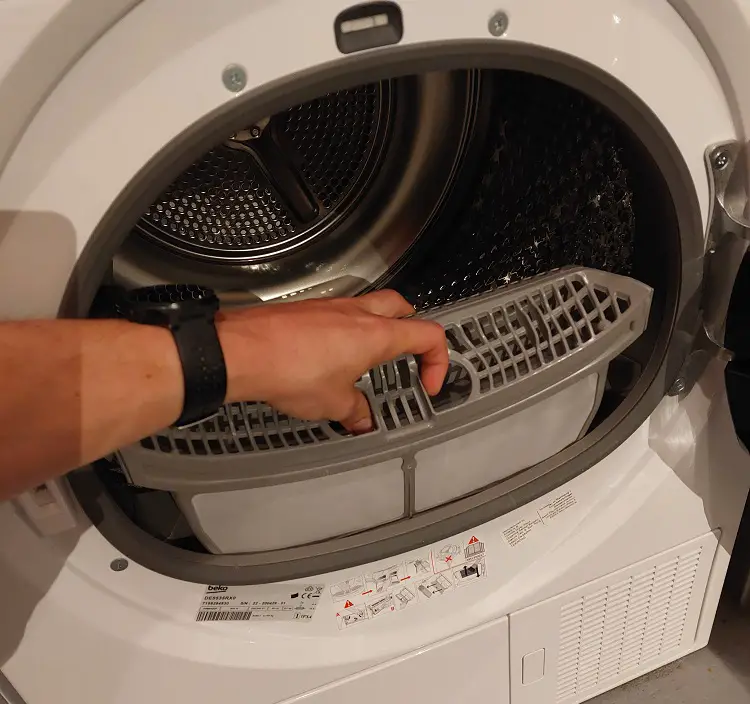
The lint filter needs a deep cleaning once every three months with some detergent and hot water. At the same time, the lint filter housing or lint trap also needs cleaning with a dryer lint brush or vacuum cleaner.
The filter drawer of heat pump dryers and the condenser portion of condenser models must also be cleaned regularly.
Interior Cleaning
The inside of the drum where the wet clothes go also needs to be cleaned. Use a mild cleaning product like some rubbing alcohol or vinegar mixed with water and a microfiber or soft cloth to wipe the inside of the drum.
Also, use it to clean the outside of the machine, the front, back, and sides. Remember, clothes dryers must be cleaned inside and out to prolong their lives.
Replace Plastic or Vinyl Exhaust Vents With Metal
Avoid using plastic or vinyl vent hose for your dryer – these are more likely to catch fire. Instead, replace any plastic or vinyl hosing with metal ones like aluminum. It’s not as much of a fire hazard and doesn’t accumulate lint as much.
Avoid Using Too Many Dryer Sheets
Just as you must avoid using too much detergent in your full-sized or portable washer, you must also avoid throwing too many dryer sheets into a mini dryer. These cause unwanted residue buildup in the dryer drum, make it less energy efficient to dry clothes, and eventually decrease its longevity.
You can find more about energy usage in our article: Do Portable Dryers Use a Lot of Electricity?
Ensure Sufficient Ventilation
If you don’t have enough indoor space for a dedicated laundry room, ensure that your standalone dryer has sufficient ventilation space, especially around its back. If you have a small washing machine, a space-efficient solution is to stack your compact dryer over the compact washer.
Sort the Laundry Loads
Avoid mixing heavy fabrics with lightweight ones in the dryer – dry similar fabrics together. Different fabrics have different drying times; mixing them will take the dryer longer to dry the entire load. This eventually decreases its efficiency and lifespan.
Conclusion
Most portable dryers last for about 10 – 15 years, similar to compact washers. It depends heavily on its maintenance, type, and use (frequency, load size, etc.)
Traditional laundry appliances would last 20-25 years, and Speed Queen is one brand that makes their appliances just like the older versions.
